
- 1. Why Does My Sink Leak Only at the Base?
- 2. Common Causes of Leaking at the Base of Your Sink
- 3. How to Fix a Leaking Sink at the Base
- 4. Preventive Tips to Avoid Future Leaks
- 5. When to Call a Professional for Sink Repairs
1. Why Does My Sink Leak Only at the Base?
If you've noticed water pooling around the base of your sink, it’s likely due to a leak. Understanding the cause of the leak is crucial for determining the appropriate fix. A leak at the base of the sink can happen in both kitchen and bathroom sinks, and it may be caused by several issues, from a faulty seal to issues with your plumbing connections.
Unlike leaks from the faucet or drain, which are more visible and straightforward to detect, leaks at the base of the sink can be tricky. They often result from the sink being improperly sealed or due to wear and tear on certain components. Addressing this issue promptly is important to avoid further damage to the surrounding area.

A-Plus Plumber Riverside CA
RiversideRiverside CountyCalifornia
1765 University Ave, Riverside, CA 92507, USA
2. Common Causes of Leaking at the Base of Your Sink
Several factors can lead to a leak at the base of your sink. Let’s explore the most common causes:
- Worn-out Sink Seal: Over time, the seal that holds your sink in place can deteriorate, especially if it’s exposed to moisture for extended periods. When this seal fails, water can seep through, causing leaks.
- Loose or Broken Plumbing Connections: If the plumbing beneath your sink isn’t properly secured, loose connections or broken pipes can lead to leaks at the base. These leaks may be harder to spot, especially if the water is dripping slowly.
- Clogged Drain: A clogged drain can lead to water backup, which increases the pressure on pipes and seals. Eventually, the excess water can cause leaks around the base of your sink.
- Improper Installation: If your sink wasn’t installed properly, it could have weak spots at the base. This is more common in older homes or DIY plumbing projects, where the sink may not have been fitted correctly.
- Corroded Plumbing: Old plumbing components, especially those made of metal, can corrode and weaken over time. This corrosion can cause cracks or breaks that lead to water leaks around the base.
3. How to Fix a Leaking Sink at the Base
Once you identify the cause of the leak, it’s time to fix it. Here are some common methods for fixing a leaking sink at the base:
- Replace the Sink Seal: If the seal around your sink is cracked or worn out, it’s time to replace it. Use a waterproof silicone sealant to create a new, tight seal. Make sure to clean the area thoroughly before applying the sealant for the best results.
- Tighten Loose Plumbing Connections: If the leak is caused by loose plumbing connections, simply tightening the connections with a wrench should solve the problem. Be sure to check the pipes and fittings for any signs of damage or wear, as they may need replacing.
- Clear the Drain: If a clogged drain is the culprit, use a plunger or drain cleaner to clear the blockage. For stubborn clogs, you may need to disassemble the drain pipes or use a drain snake to remove the blockage.
- Replace Damaged Pipes: If your plumbing is corroded or cracked, replacing the damaged pipes will prevent future leaks. It’s often best to consult a professional plumber for this, as replacing pipes can require specialized knowledge.
- Reinstall the Sink: If your sink wasn’t installed correctly, carefully remove it and reinstall it, ensuring that all connections are secure and the sink is properly sealed. Check for any damage to the mounting hardware and replace any broken parts.
4. Preventive Tips to Avoid Future Leaks
After fixing your sink leak, it’s important to take steps to prevent future issues. Here are some helpful tips:
- Regularly Check Plumbing Connections: Regularly inspect the pipes and plumbing connections under your sink. Tighten any loose connections and replace worn-out gaskets to prevent leaks.
- Clean Drains Regularly: Prevent clogs by cleaning your drains regularly with non-toxic drain cleaners or a homemade solution of baking soda and vinegar. This will help avoid the buildup of debris that can cause leaks.
- Inspect Seals: Check the seals around your sink periodically to ensure they’re intact. If they show signs of wear, reapply silicone sealant to maintain a watertight seal.
- Install a Drain Catcher: To prevent debris from entering your drain and causing clogs, consider installing a drain catcher. This will help keep the plumbing clean and reduce the risk of leaks.
- Upgrade Plumbing: If your home has old plumbing, consider upgrading to more durable materials such as PEX piping. This can reduce the likelihood of future leaks due to corrosion or pipe degradation.
5. When to Call a Professional for Sink Repairs
If you’ve tried the above solutions and the leak persists, or if the problem seems more complex, it’s time to call a professional plumber. Professional plumbers have the tools and expertise to handle more advanced plumbing issues, such as replacing corroded pipes or reinstalling the sink correctly. Don’t hesitate to reach out for help if you’re unsure about tackling the repair yourself.
For more plumbing solutions and the best products for fixing leaks, visit Plumbers Supply Hub to find the right tools and services for your needs!

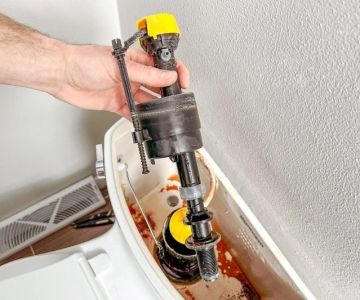
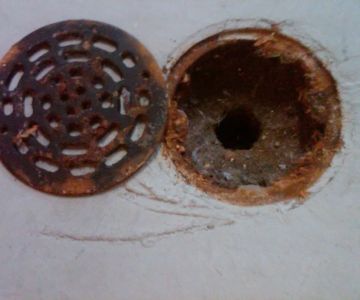
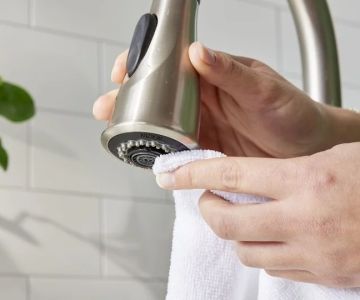
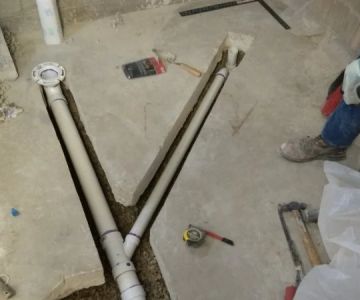
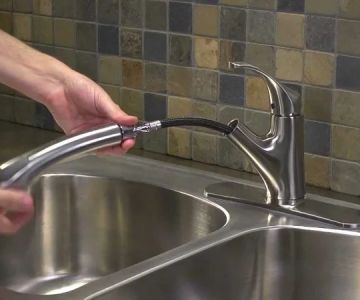
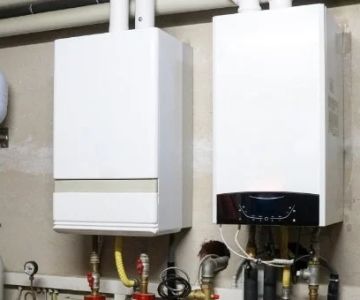
 L.A. Drain Inspections & Repairs, Plumbing Services5.0 (24 reviews)
L.A. Drain Inspections & Repairs, Plumbing Services5.0 (24 reviews)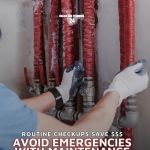 Drains and Plumbing 245.0 (264 reviews)
Drains and Plumbing 245.0 (264 reviews) Streamline Plumbing | Emergency Plumber, Drain Cleaning, Septic Pumping & Tankless Water Heater Repair in Tupelo, MS5.0 (574 reviews)
Streamline Plumbing | Emergency Plumber, Drain Cleaning, Septic Pumping & Tankless Water Heater Repair in Tupelo, MS5.0 (574 reviews) CJ Plumbing & Heating4.0 (110 reviews)
CJ Plumbing & Heating4.0 (110 reviews) Golden State Water Heaters5.0 (9 reviews)
Golden State Water Heaters5.0 (9 reviews) Aggressive Sewer & Drain Services4.0 (25 reviews)
Aggressive Sewer & Drain Services4.0 (25 reviews)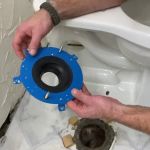 How to Replace a Toilet Tank Gasket | Plumbers Supply Hub
How to Replace a Toilet Tank Gasket | Plumbers Supply Hub How to Replace a Sprinkler System Backflow Valve
How to Replace a Sprinkler System Backflow Valve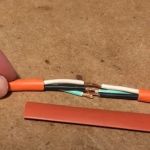 How to Replace a Splice Coupling That Fails
How to Replace a Splice Coupling That Fails How to Test Pressure Drop in a Long Pipe Run: Effective Methods for Accurate Results
How to Test Pressure Drop in a Long Pipe Run: Effective Methods for Accurate Results How to Choose a Tankless Water Heater for a Family Home
How to Choose a Tankless Water Heater for a Family Home How to Replace a Floor Drain Cover That Is Damaged
How to Replace a Floor Drain Cover That Is Damaged